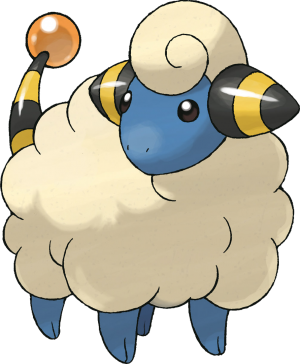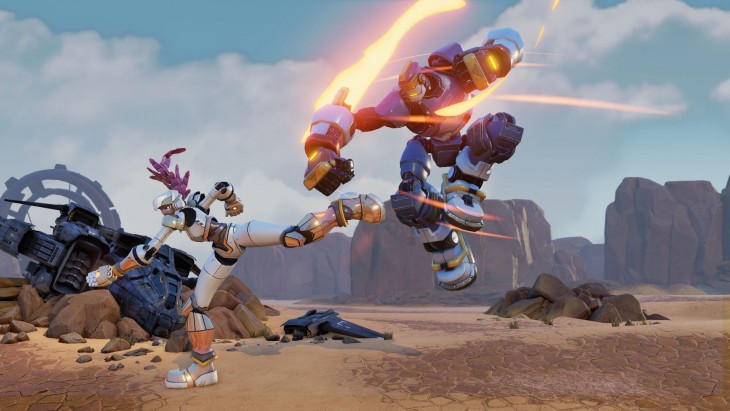The biggest barrier in fighting games is execution. If you intend to enjoy fighting games at a level beyond mashing your hands on every button like a grubby spoiled infant, you have to learn complex maneuvers like quarter-circles, holds, full circles, and (rarely) random button combinations. This executional complexity isn’t even the point of fighting games; the intention is that you learn how to predict and outplay opponents, not who can press memorized buttons the best.
Seth Killian, who I’ll fondly call “the dad of the fighting game community,” knows this better than most. As a professional fighting game player, developer, and commentator, he’s directly exposed to all of the problems inherent to executional complexity in fighting games. Thus, he teamed up with a development studio to create a free fighting game that strips most of that complexity out. The result is Rising Thunder, the most accessible and mind-game focused fighting game I’ve ever played, and already one of my favorite fighting games period.
Rising Thunder is very simple. You have eight buttons: three are your normal attacks (light, medium, heavy), three are your special moves (which vary per character, and which can be switched out between games), one is a throw, and one is your super. The most complex input you will ever perform in Rising Thunder is holding in a single direction and pressing a single button. While combos are present, they are very lenient and dependent upon understanding how your special moves use screen space, rather than on intricate timing or complex motions. The end result is a game that requires only the most basic of hand-eye coordination to play.
There are two relatively advanced concepts, but they are extremely easy to grasp. First, you can cancel most normal moves into specials, and most specials into your super. This canceling is extremely forgiving, which means you’ll start to pick up the basics of combos and juggling right away. Second, you can cancel any move except a super into any other move by using “Kinetic Advance”, a gauge that builds up as you fight and which is used by holding up or dashing at the end of a move. Much like normal combos, the timing is extremely forgiving, which is unlike Street Fighter 4’s irritatingly rigorous dash cancels. You can hammer away at the appropriate direction to dash cancel, and it’ll always come out; no practiced finesse required.
The first time I played Rising Thunder, I fiddled around with my special moves (I play Dauntless, a robot with explosive punchfists piloted by a teenage girl) to learn how they affected my opponent. Within about 15 minutes, I was pulling off combos I’ve never managed in a Street Fighter game. Granted, I also understand what combos are and how to perform them in general, even if my execution is off, so brand new fighting game players will probably have a slightly steeper learning curve; maybe thirty minutes to an hour, if they focus on the game and look at some combo videos. Still, this is exponentially better than the dozens or hundreds of hours required to master the execution of games like Street Fighter, and allows players to focus on what really matters: predicting opponents and playing mindgames.
Rising Thunder is only in alpha, so there isn’t a wide selection of characters to pick from. Despite this, it represents each character archetype fairly well, and each robot is definitely reminiscent of other robots and fighters. Dauntless, for example, is clearly inspired by Rival Schools’ Batsu, and Crow looks very similar to an EVA unit from Evangelion. Rising Thunder is a game that wears its influences on its sleeve, and that’s not a bad thing.
You can sign up for Rising Thunder on the official site, as it’s now in open alpha.
James Murff
Latest posts by James Murff (see all)
- Diablo 3 Patch 2.3 Review: Bringing Back The Cube - September 2, 2015
- Screenshot Saturday: Blood and Glory - August 22, 2015
- Rising Thunder Impressions: Rock ‘Em Sock ‘Em Robots - August 19, 2015


